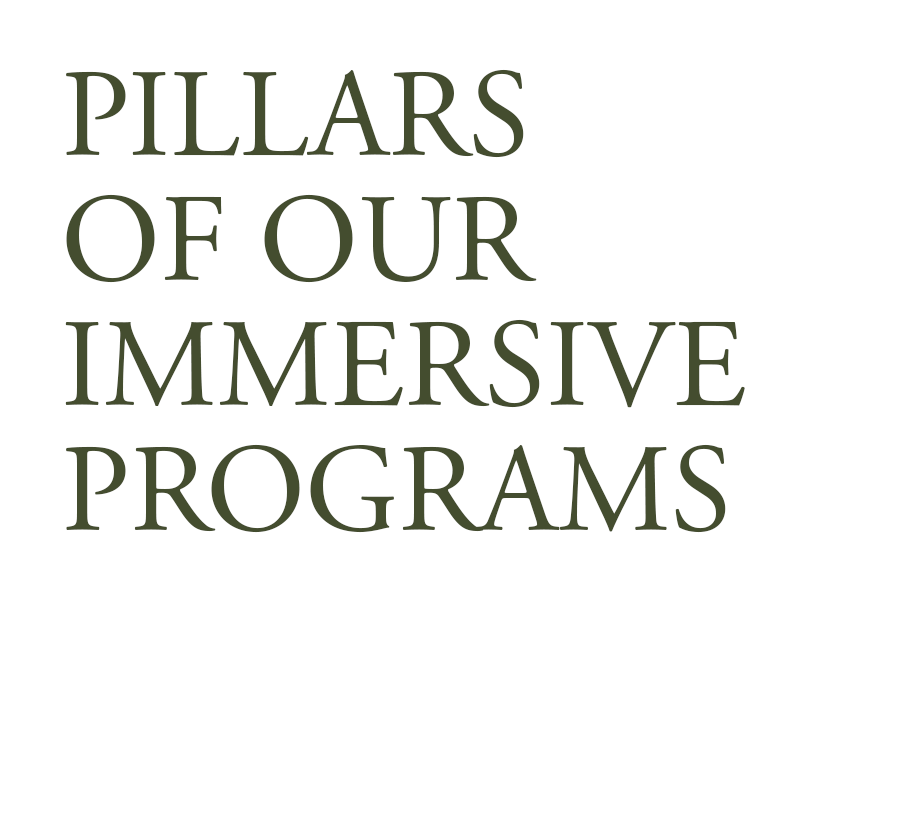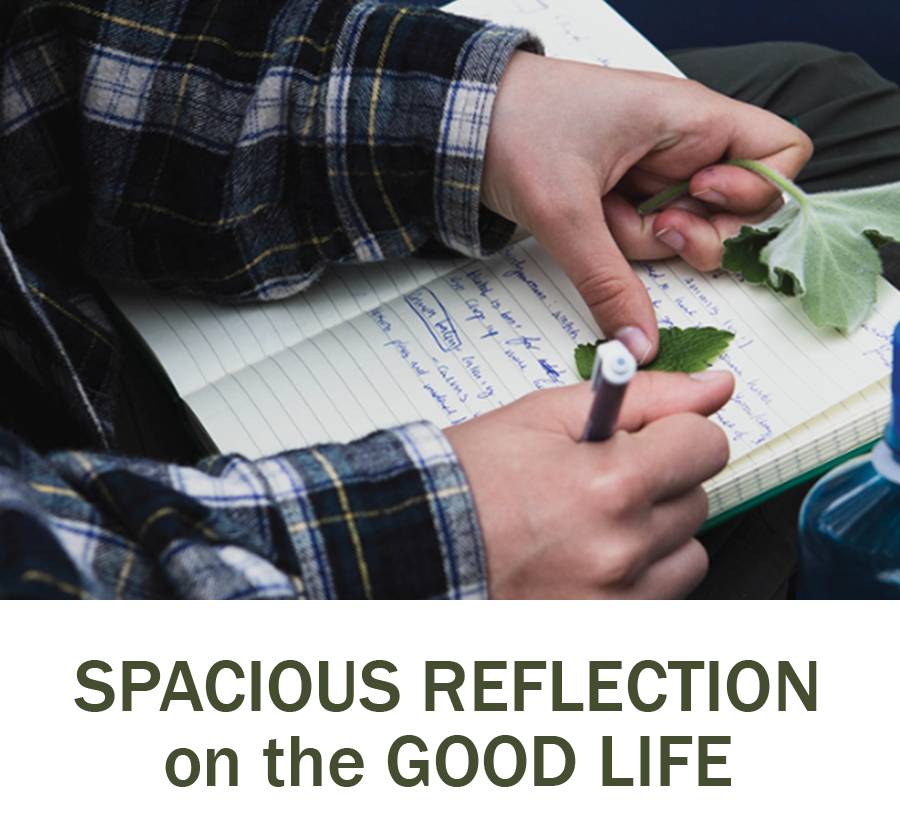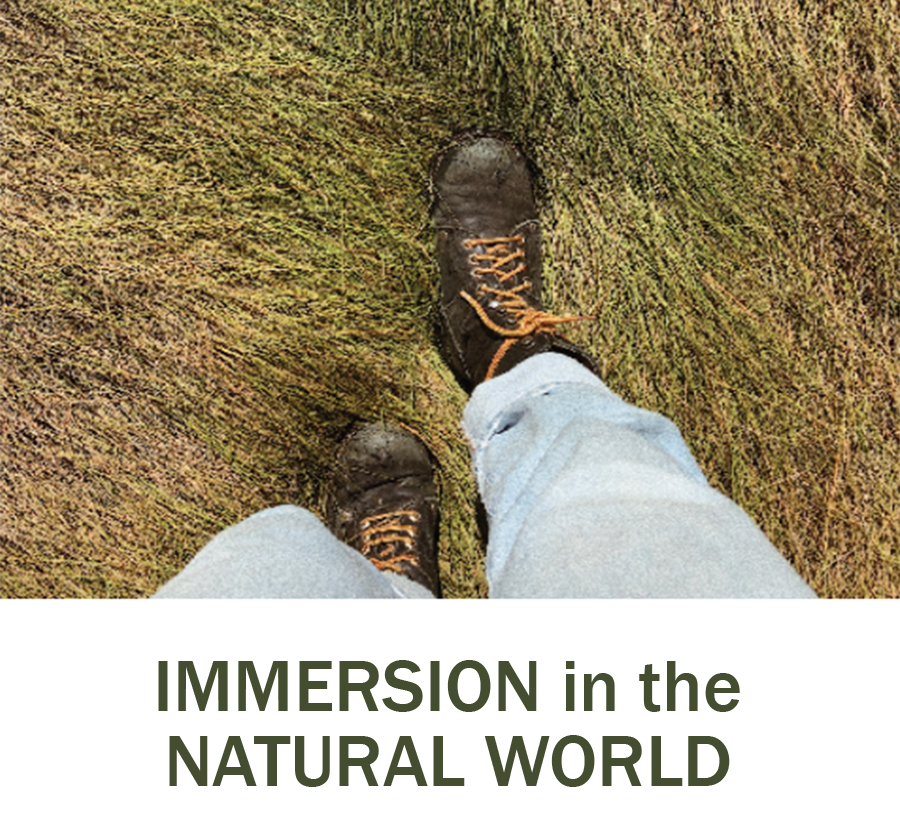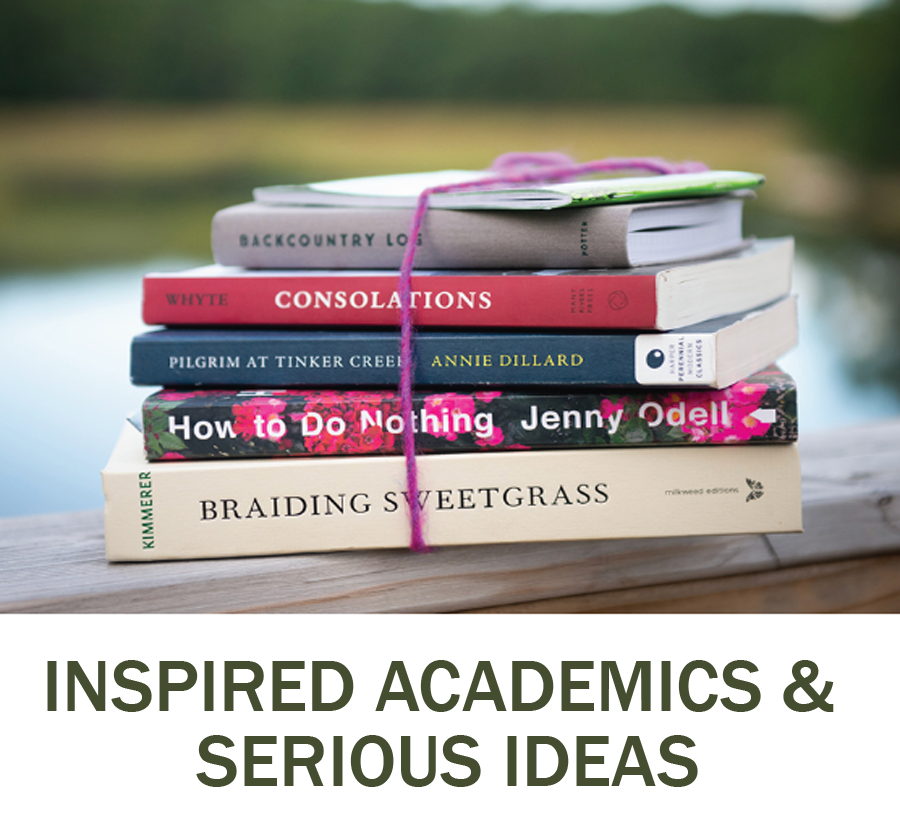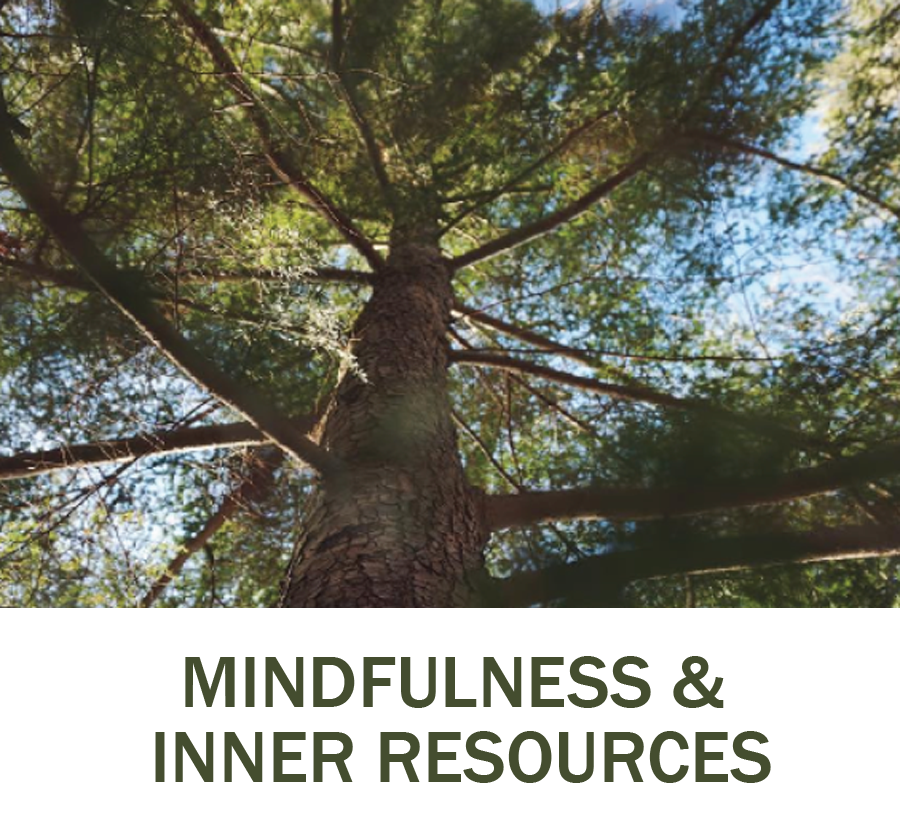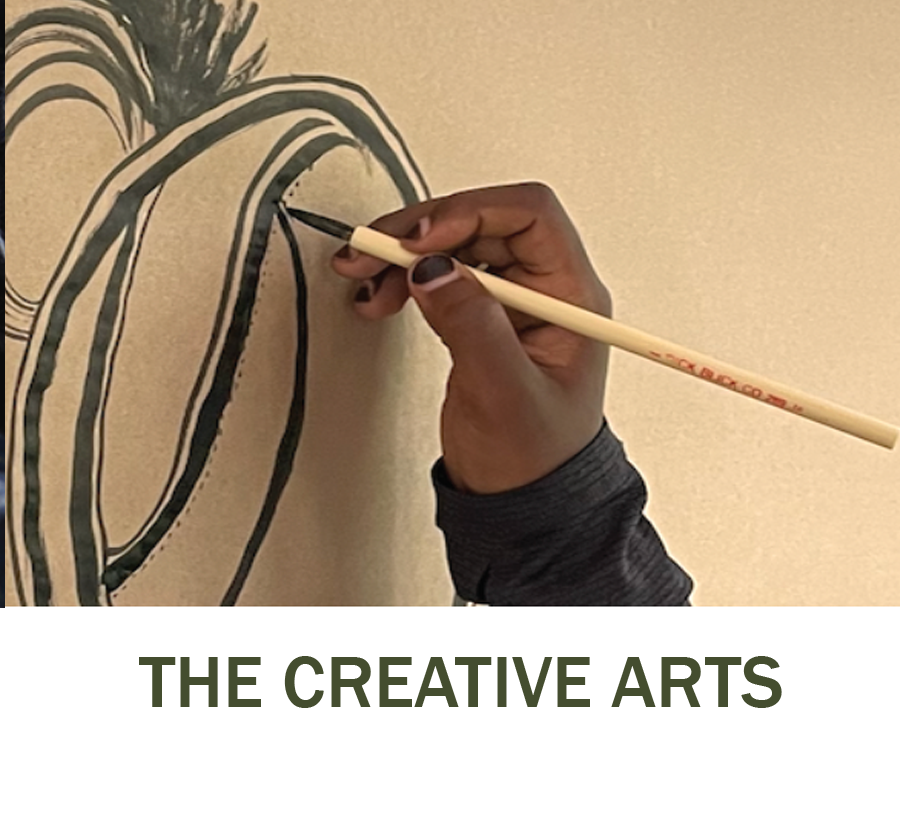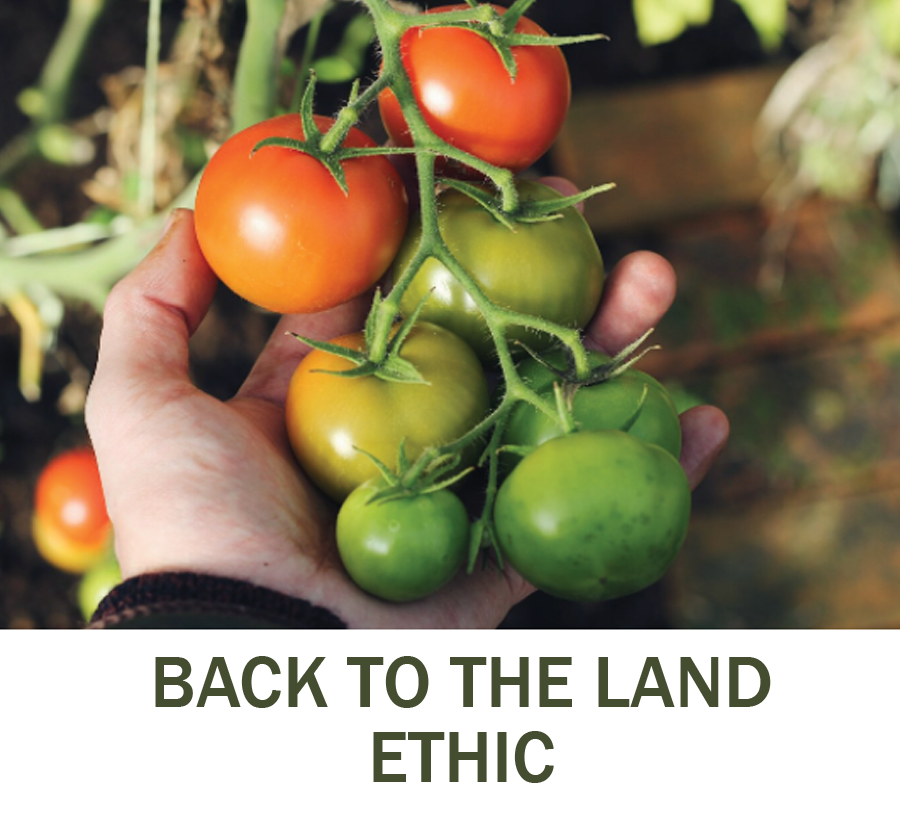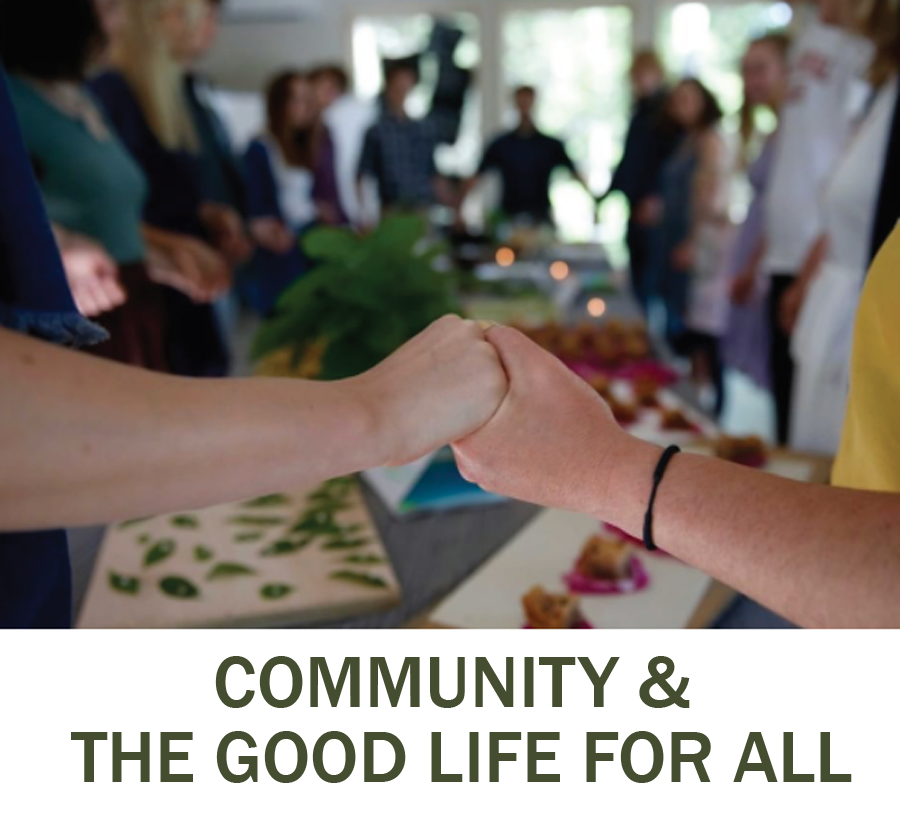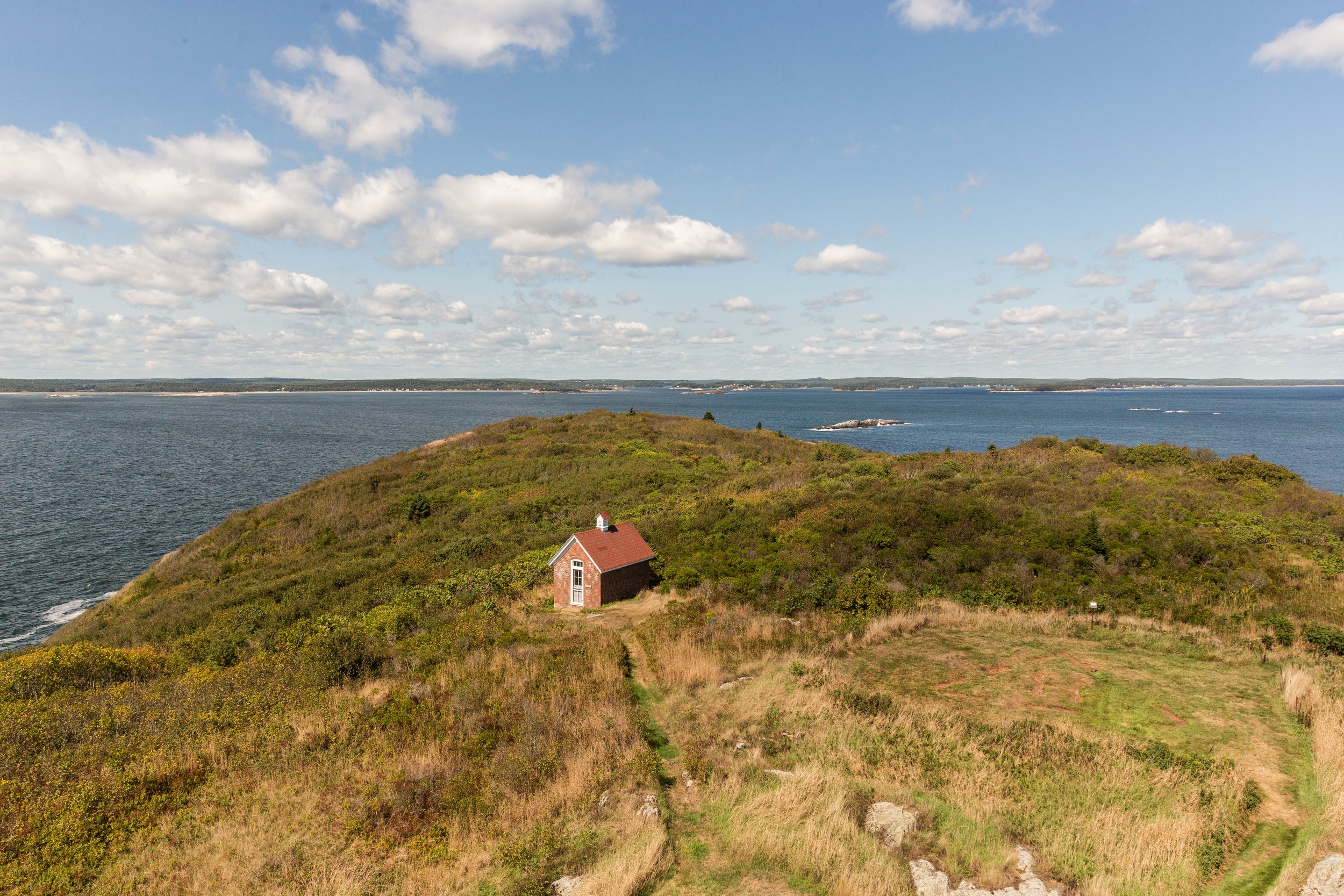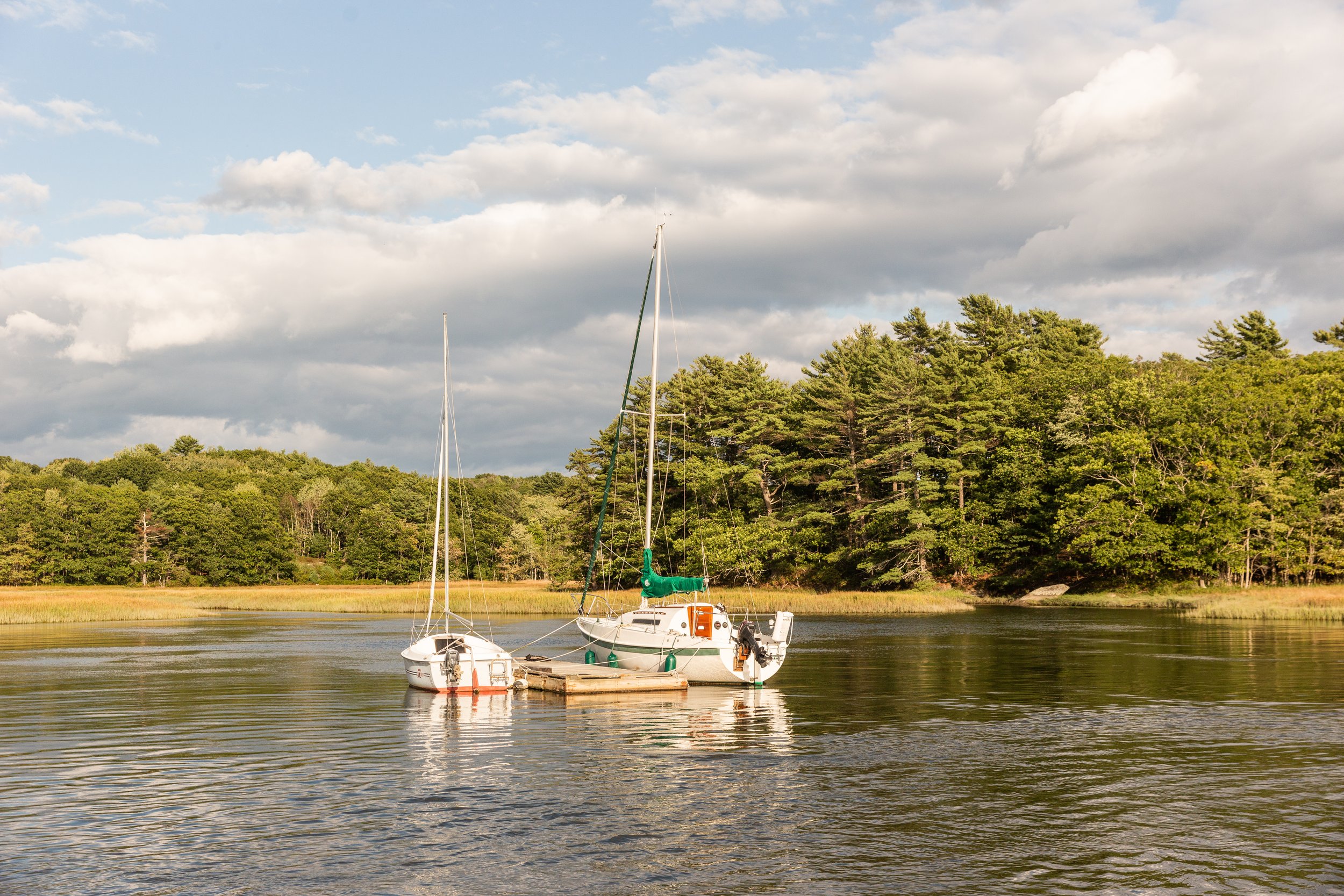Seguinland Institute is a non-profit educational organization established in 2009 and located in the coastal woodlands of Georgetown, Maine
Our Mission:
Our mission is to create transformative place-based programs in which our students clarify their vision of the good life and discern their work for the good of all. We seek to engage the whole person, integrating college-level academics with immersion in nature, the creative arts, a back-to-the-land ethos, mentorship opportunities and mindfulness. We strive to be a place where students can cultivate the knowledge, the inner resources, and the skills necessary to nourish the communities to which they belong and build a more beautiful, just and sustainable world. Our hope for our students is nothing less than personal thriving, community-oriented living, and the well being of the planet.
Our place-based, whole-person programs are designed to support the next generation, while also benefitting our local Maine communities and society as a whole:
1) We host numerous community events to foster intergenerational reflection on the good life, shared connection to the natural world and interrelated ecological themes. We also connect our students with internships and apprenticeships at local non-profits that need their help.
2) We seek to prompt new thinking about how we as a society support our young people, particularly at the formative age of 18-19. We propose a fundamental shift at a national level in the way that young people transition from high school to college. We say: before launching off, first learn to connect meaningfully to the natural world, to build community and to clarify your vision of the good life. In this way, we aim to influence the direction of higher education, to be a model for a new generation of schools, and to bend our existing institutions toward immersive whole-person programs that foster inquiry into the good life.
Our team is and shall be comprised of scholars, boat builders, artists, musicians, contemplatives, back-to-the landers, treehouse builders and education-reformers.
Our Larger Vision for the Good Life Gap Year
We believe that now is the time for a crucial intervention on behalf of the next generation of young adults. We must begin to think differently about how we as a society support our young people, particularly at the formative age of 18-20. We propose a fundamental shift at a national level in the way that young people transition from high school to college.
To this end, we have created our immersive Good Life Gap Year programs. Since our launch, our programs have been full to the brim with young people responding to our simple invitation to dedicate a season to clarifying their vision of good life and discerning their work for the good of all. The results we have seen in our students lead us to believe that it is time to bring The Good Life Gap Year to a regional and then national scale.
Why now? Immense challenges are being placed on the shoulders of the next generation: a) a crisis of meaning and purpose; b) a mental health epidemic; c) the aftermath of Covid-19; d) the failures of the current education system; e) climate anxiety f) a general sense of vertigo in a rapidly changing world. The Good Life Gap Year is designed as a holistic intervention during the liminal space between high school and college (or in early college). The college years are a precious resource to an individual and a society. They determine so much of the direction of a person’s life and how they will relate to the common good. But launching into the college years, particularly when bearing the above-mentioned burdens, too often leads to squandered opportunity. The Good Life Gap Year allows students to find their bearing, discern their calling and launch into the college years with a stronger sense of meaning and purpose.
Why a Gap Year? The “gap year” movement has gone mainstream over the past decade, increasing exponentially during the pandemic, but many “gap programs” lack transformative depth. The movement has wind at its back but this wind has not yet been sufficiently harnessed for the good of all. The moment is ripe to jumpstart a movement of Good Life Gap Year programs that foster inner resources and an expansive sense of the common good, and meaningful community-building across the full spectrum of identities and backgrounds. We believe that a critical mass of Good Life Gap Year alumni could have a commensurate effect on our society and on the well being of the planet as, for example, the Scandinavian Folk Schools did in their time and place.
Who are our Alums & What do They Go On to Do?
The best thing about our programs? The students who are drawn to them! We attract a diverse range of students who share a few things in common: they are looking for a multifaceted program that will engage their whole person: body, mind and soul. They are looking for a program with depth and authenticity. Many of them feel a bit burned out by traditional academics, but they want to keep learning, growing, creating and experiencing new things.
Our alums go on to very different colleges and careers. We currently have alums at Harvard, College of the Atlantic, Princeton, Berea, Dartmouth, Temple, Colorado, Brown, UNC, Bowdoin, UVM, Duke, Holy Cross, Illinois State, Bates, George Washington, Middlebury, Grinnell, Haverford, Pomona, Scripps, Bard, Richmond, Penn State, NYU, Santa Clara and many more. We have alums who are working in environmental engineering, film, farming, food, education, land management, outdoor recreation, law, medicine, etc.
About 70% of our students come to Seguinland as part of a traditional gap year between high school and college (age 18-19). About 30% of our students have already taken 1-2 years of college courses (age 19-20). This latter group is often in the process of transferring to a new college. Cohorts also include students who are seeking alternatives to college.
In short, there is no stereotypical “Seguinland student” and our alums are the best.
Where We Are:
We are based on the coast of Maine, in Georgetown, an island with a rich history of Native peoples, maritime traditions, artist retreats, and back to the land living. We are on the traditional homelands of the Wabanaki Confederacy and we honor the ongoing presence of the Penobscot, Passamaquoddy, Maliseet and Micmac peoples. We also hearken back to the influential band of artists who inhabited this small town in the 20th Century—including Marsden Hartley, Paul Strand, F. Holland Day, Marguerite Zorach, and Gaston Lachaise—who are referred to as artists of the “Seguinland”.
College Credit Bearing Programs
All of our gap year and study-away programs are college credit bearing. Students taking courses at Seguinland Institute receive college credit through the University of Maine at Farmington, where Seguinland’s Founder/Director, Philip Francis, was Associate Professor of Philosophy & Religion. Students at Seguinland receive a transcript from the University of Maine at Farmington by which they can transfer course credit to the college of their choice. We have an excellent track record of students being able to transfer credit.
How We Do It:
Our grapplings with the big questions are heightened and honed by reading great (and humble) books, paddling sturdy canoes, engaging in discussion, writing creatively, being grasped by awe and wonder, and getting our hands dirty in the garden. Our faculty and students are intentional about co-creating an uplifting and challenging learning community. We encourage our students (to paraphrase Wendell Berry) to plant sequoias (metaphorical and otherwise), to be joyful though they have considered all the facts, and to be like the fox, making more tracks than necessary - some in the wrong direction. We also roast a lot of marshmallows and, occasionally, students get a chance to soak in a wood-fired cedar hot tub 18 feet up in the trees. We never roast and soak ;-).
Visualize This:
As home to The Visual Thought Lab, we take seriously philosopher Ludwig Wittgenstein’s idea that we think in pictures. We specialize in the use of path-breaking forms of visual pedagogy, graphic facilitation, and knowledge walls—giant murals of our collective learning experience. We help students to harness their innate visual intelligence and sharpen their perceptual abilities. The visual thought lab is informed by design and systems thinking.
Diversity & Inclusion:
A diverse, inclusive, and equitable educational organization is one where all employees, volunteers and students, whatever their gender, race, ethnicity, national origin, age, sexual orientation or identity, education or disability, feel valued and respected. We are committed to a nondiscriminatory approach and provide equal opportunity for employment and advancement in all of our programs. We respect and value diverse life experiences and heritages to ensure that all voices are heard.
Seguinland Institute is a proud signatory of the CANIE Accord which recognizes and supports actions aimed at promoting sustainability and fighting climate change in the education sector.
Our Campus in Georgetown, Maine
Seguinland Institute Good Life Gap Year in Maine


